Home>Interior Design>5 Ways World Class Interior Designers Personalize A Room
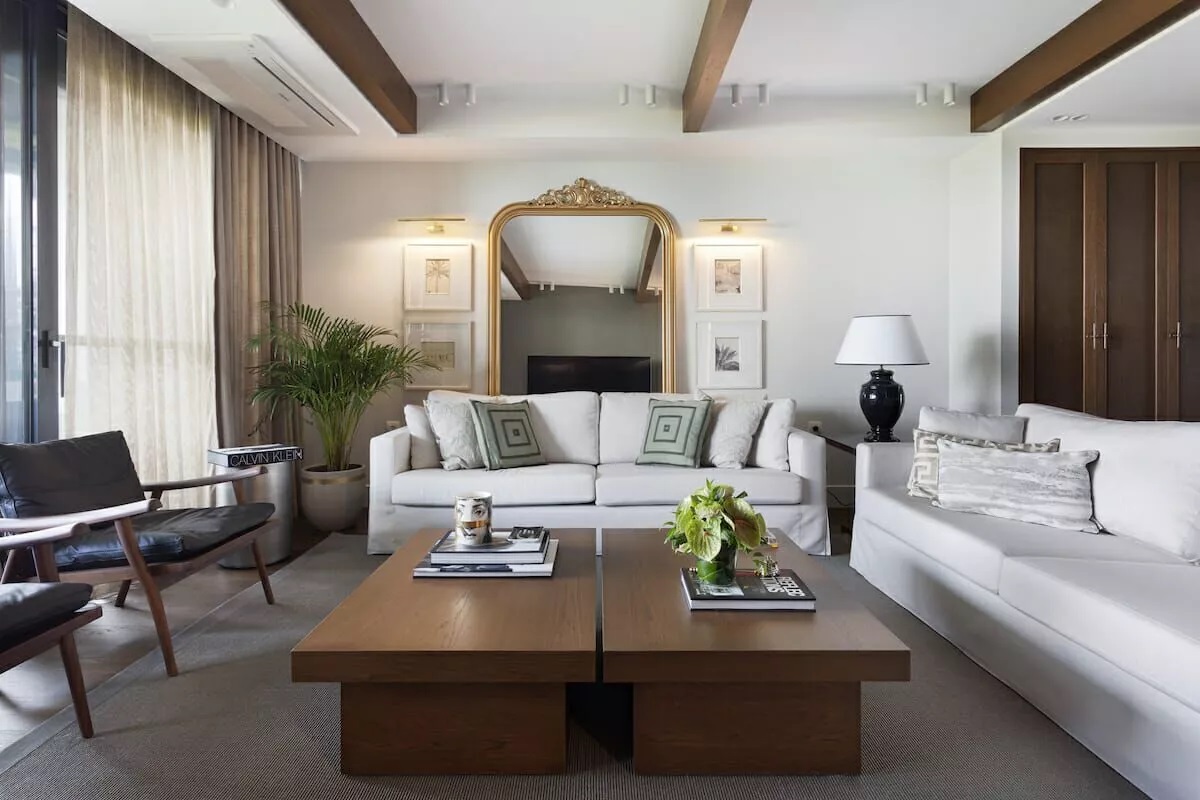

Interior Design
5 Ways World Class Interior Designers Personalize A Room
Modified: September 1, 2024
Discover the secrets of world-class interior designers and how they personalize any room. Explore 5 creative ways to transform your space with the expertise of interior design.
(Many of the links in this article redirect to a specific reviewed product. Your purchase of these products through affiliate links helps to generate commission for Storables.com, at no extra cost. Learn more)
Introduction
When it comes to interior design, one size definitely does not fit all. Each person has their own unique personality, preferences, and style. That’s why world-class interior designers go above and beyond to personalize a room and create spaces that truly reflect their clients’ individuality.
In this article, we will explore five key ways that top-notch interior designers add a personalized touch to their projects. From understanding the client’s vision to incorporating personalized themes, utilizing unique furniture and decor, customizing colors and textures, and infusing personal art and memorabilia, these designers know how to transform any space into a truly remarkable and customized haven.
So, if you’re looking to revamp your home or simply add a touch of personalization to your living space, buckle up and get ready to discover the secrets of world-class interior designers who specialize in creating one-of-a-kind rooms.
Key Takeaways:
- Personalization is key in interior design. Top-notch designers understand their clients’ vision, incorporate personalized themes, unique furniture, and decor, and infuse personal art to create truly unique and meaningful spaces.
- Understanding the client’s vision, utilizing personalized themes, unique furniture and decor, customizing colors and textures, and infusing personal art and memorabilia are the key ways world-class interior designers personalize a room.
Understanding the Client’s Vision
One of the first and most crucial steps in personalizing a room is understanding the client’s vision. World-class interior designers take the time to listen and fully comprehend their clients’ desires, preferences, and objectives for the space.
Through detailed conversations and thorough questionnaires, designers gain insights into clients’ lifestyle, hobbies, interests, and even their favorite colors and patterns. This information allows them to align the design with the client’s personal style and create a space that resonates with them on a deeper level.
Additionally, top-notch designers pay close attention to the functionality and practicality of the room. They take into account the client’s needs, whether it’s a family-friendly layout for a busy household or a serene and tranquil environment for relaxation.
Understanding the client’s vision goes beyond simply knowing their design preferences. It’s about grasping their personality and capturing their essence in the design. This understanding serves as the foundation for all the personalized elements that will later be incorporated into the space.
A great interior designer will go the extra mile to build a strong rapport with their clients, fostering trust and open communication. This allows them to create a collaborative partnership, ensuring that the final design is not only visually stunning but also truly reflective of the client’s desires and aspirations.
Incorporating Personalized Themes
One of the most effective ways that world-class interior designers personalize a room is by incorporating personalized themes. This involves creating a cohesive design concept that speaks to the client’s interests, passions, or unique history.
For example, if the client is an avid traveler, the designer may incorporate travel-inspired elements such as a world map mural, vintage suitcases as storage pieces, or framed photographs from their favorite destinations. This not only adds a personal touch but also serves as a conversation starter and a reminder of their adventures.
Another way to incorporate personalized themes is through the use of hobbies or special interests. If the client is a wine enthusiast, the designer may create a wine cellar-inspired room complete with a wine rack, tasting area, and elegant wine-themed decor. This creates a space that is not only visually appealing but also showcases their passion and provides a functional area to indulge in their hobby.
Personalized themes can also be based on the client’s cultural heritage or family history. The designer may incorporate elements like traditional artwork, heirloom furniture, or specific colors and patterns that have significance to the client’s background. This adds a layer of depth and sentimental value to the design, making the space truly unique and meaningful.
Furthermore, incorporating personalized themes doesn’t always have to be literal. It can also be achieved through subtle nuances and design choices that reflect the client’s personality. For example, if the client has a bohemian spirit, the designer may opt for eclectic furniture pieces, vibrant colors, and mix-and-match patterns that embody their free-spirited nature.
Overall, the incorporation of personalized themes allows the designer to create a space that is not only aesthetically pleasing but also deeply personal and meaningful to the client. It transforms a generic room into a tailored sanctuary that tells a unique story.
When personalizing a room, world class interior designers often use a mix of textures, incorporate meaningful artwork, add personal touches like family photos or heirlooms, choose unique statement pieces, and incorporate elements that reflect the client’s personality and interests.
Utilizing Unique Furniture and Decor
When it comes to personalizing a room, world-class interior designers understand the power of unique furniture and decor in creating a distinctive atmosphere.
Instead of relying solely on mass-produced pieces, these designers often seek out one-of-a-kind or custom-made furniture and decor items that add a touch of individuality to the space. This can include vintage finds, handcrafted pieces, or even commissioned artwork.
The use of unique furniture not only showcases the client’s personal style but also adds visual interest and creates a conversation piece. Whether it’s an antique chest passed down through generations or a modern statement chair with bold upholstery, these distinctive pieces become focal points in the room, reflecting the client’s taste and personality.
In addition to furniture, designers also pay attention to selecting unique decor items that complement the overall design concept. These can include art pieces, sculptures, lighting fixtures, or even decorative accents sourced from local artisans or international markets.
By incorporating these unique elements, the designer enhances the room’s individuality and creates a curated space that stands out from the generic designs found in many homes.
Furthermore, by utilizing unique furniture and decor, designers have the opportunity to blend different styles and eras, creating a harmonious and eclectic fusion. This not only adds visual interest but also showcases the client’s ability to appreciate and incorporate diverse aesthetics.
Ultimately, utilizing unique furniture and decor allows world-class interior designers to create personalized and visually stunning spaces that reflect the client’s unique taste and style. It transforms a room into a true expression of their individuality and sets it apart from the cookie-cutter designs found in mainstream interior decor.
Customizing Colors and Textures
Color and texture play a vital role in personalizing a room, and world-class interior designers know how to tailor these elements to create a truly unique and personalized space.
When customizing colors, designers take into consideration the client’s preferences, as well as the room’s purpose and desired atmosphere. They carefully select a color palette that resonates with the client and complements the overall design concept.
For example, if the client seeks a calming and serene environment, the designer may opt for soft, soothing colors such as cool blues and neutral tones. On the other hand, if the client wants a bold and energetic space, vibrant colors like reds, oranges, or yellows may be incorporated.
Besides the choice of colors, designers also pay attention to the textures used within the room. Different textures add depth, visual interest, and a tactile experience. By combining various textures, designers can create a multi-dimensional and inviting space.
For instance, in a cozy living room, the designer may incorporate plush velvet upholstery, soft and fuzzy throws, and a rough-hewn wooden coffee table. This combination not only adds visual contrast but also invites people to touch and feel the textures, enhancing their overall sensory experience in the room.
Additionally, personalizing colors and textures can extend beyond paint and upholstery choices. Designers can incorporate unique wall coverings, such as textured wallpapers or reclaimed wood paneling, to add character and visual interest to the space.
By customizing colors and textures, world-class interior designers are able to create rooms that are not only visually appealing but also completely tailored to the client’s preferences and desired atmosphere. This attention to detail ensures that each space becomes a reflection of the individual’s personality and style.
Infusing Personal Art and Memorabilia
One of the most intimate ways that world-class interior designers personalize a room is by infusing it with personal art and memorabilia. These cherished items add a layer of sentimental value and turn a generic space into a unique and meaningful haven.
One way designers accomplish this is by showcasing the client’s personal art collection. Whether it’s paintings, sculptures, or photography, these pieces not only add visual interest but also reflect the client’s taste and passion. Designers carefully select the appropriate placement and lighting to highlight these artworks, creating a gallery-like atmosphere within the room.
In addition to personal art, designers often incorporate memorabilia that holds significant meaning to the client. This can include family heirlooms, travel souvenirs, sports memorabilia, or even handmade crafts. These items serve as conversation starters and allow visitors to get a glimpse into the client’s life and experiences.
Infusing personal art and memorabilia into the room also adds a sense of history and authenticity. Whether it’s displaying a vintage typewriter passed down through generations or framing a collection of concert tickets from memorable shows, these items create a narrative and tell a story within the space.
Furthermore, designers often find creative ways to incorporate these personal items seamlessly into the overall design. They may create dedicated display areas or incorporate them into the design through custom-built shelving, shadow boxes, or gallery walls. This ensures that these cherished pieces are not just scattered randomly but are thoughtfully integrated into the overall aesthetic.
By infusing personal art and memorabilia, world-class interior designers create rooms that go beyond mere visual appeal. They transform the space into a sanctuary that truly reflects the client’s life experiences, values, and unique personality. It invites guests to connect with the individual on a deeper level and creates a space that is not only beautiful but deeply personal and meaningful.
Frequently Asked Questions about 5 Ways World Class Interior Designers Personalize A Room
Was this page helpful?
At Storables.com, we guarantee accurate and reliable information. Our content, validated by Expert Board Contributors, is crafted following stringent Editorial Policies. We're committed to providing you with well-researched, expert-backed insights for all your informational needs.
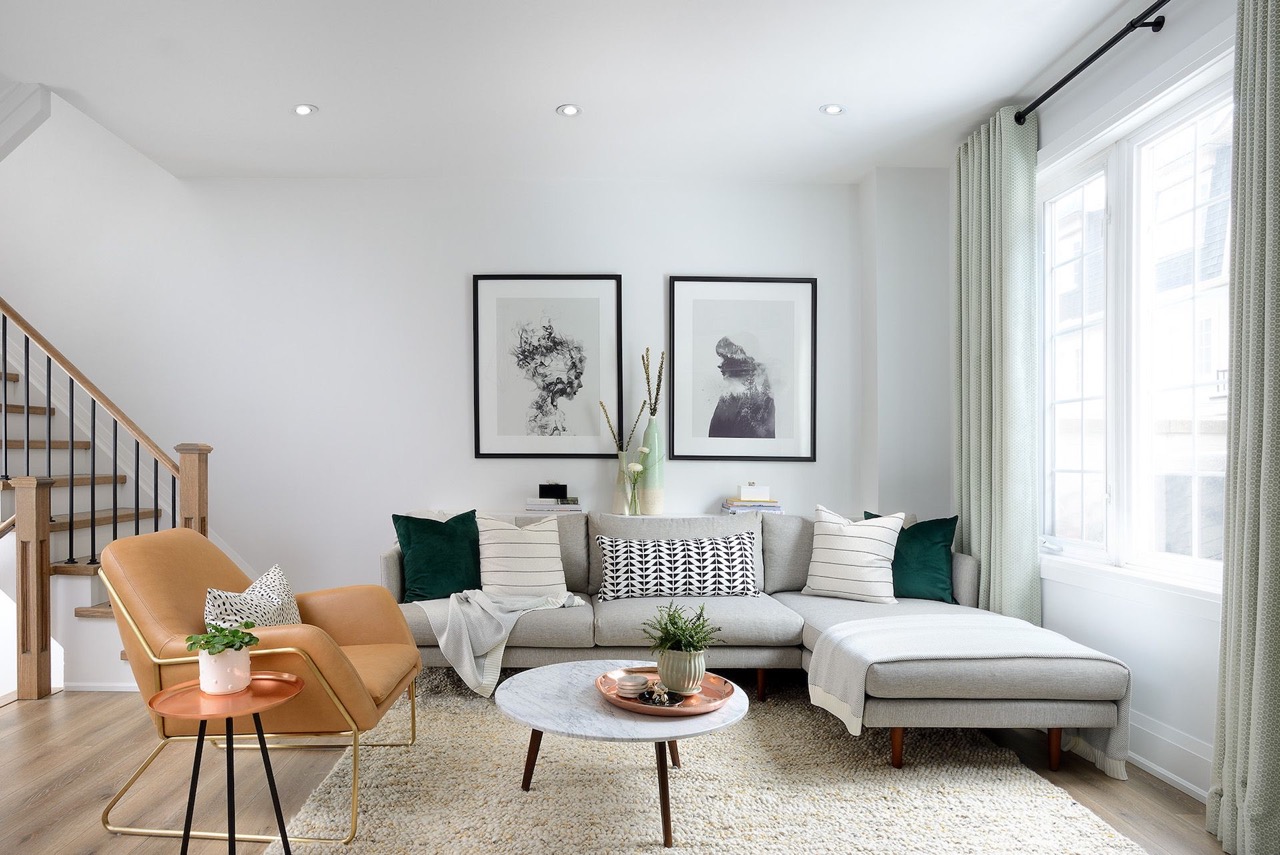
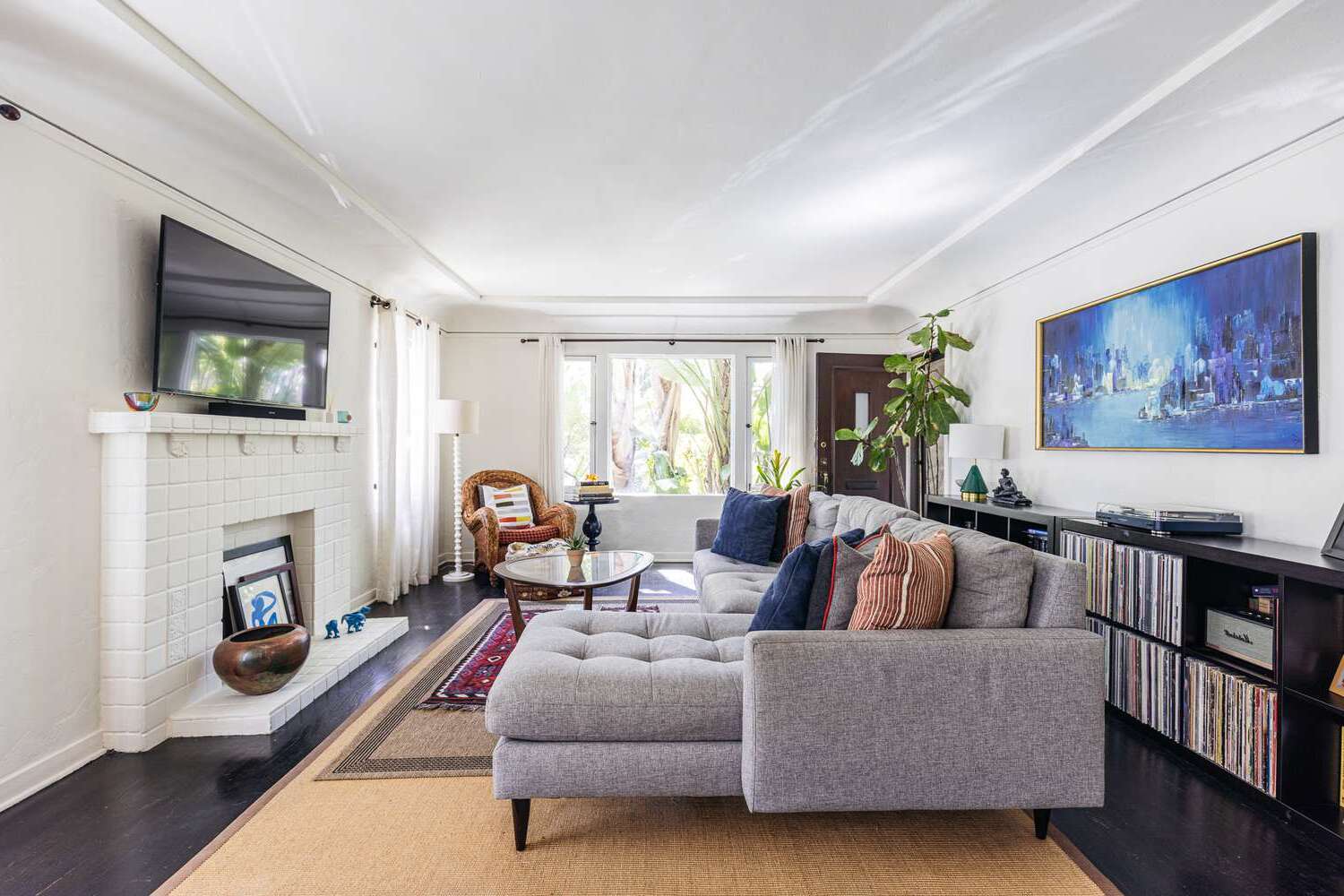
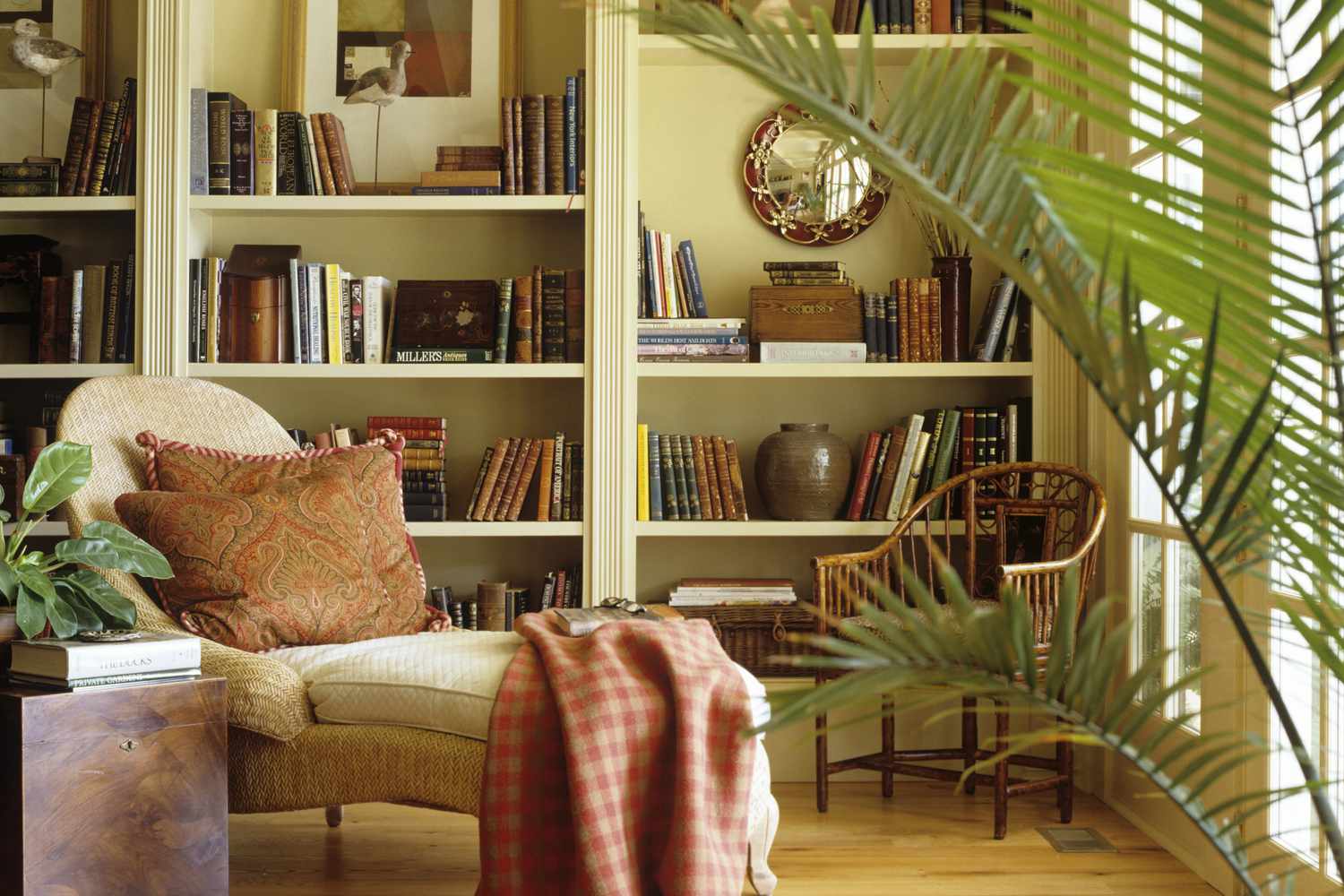

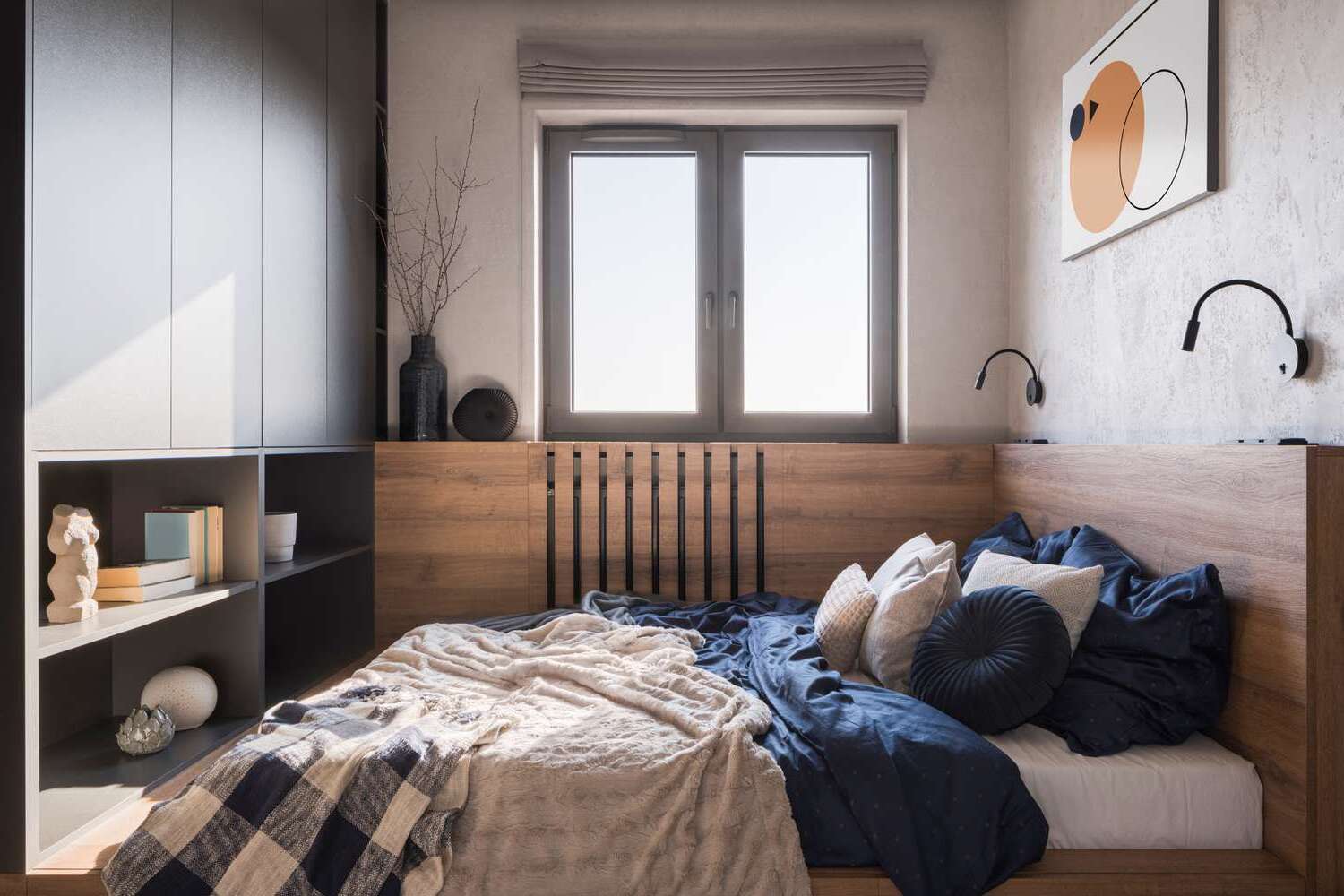
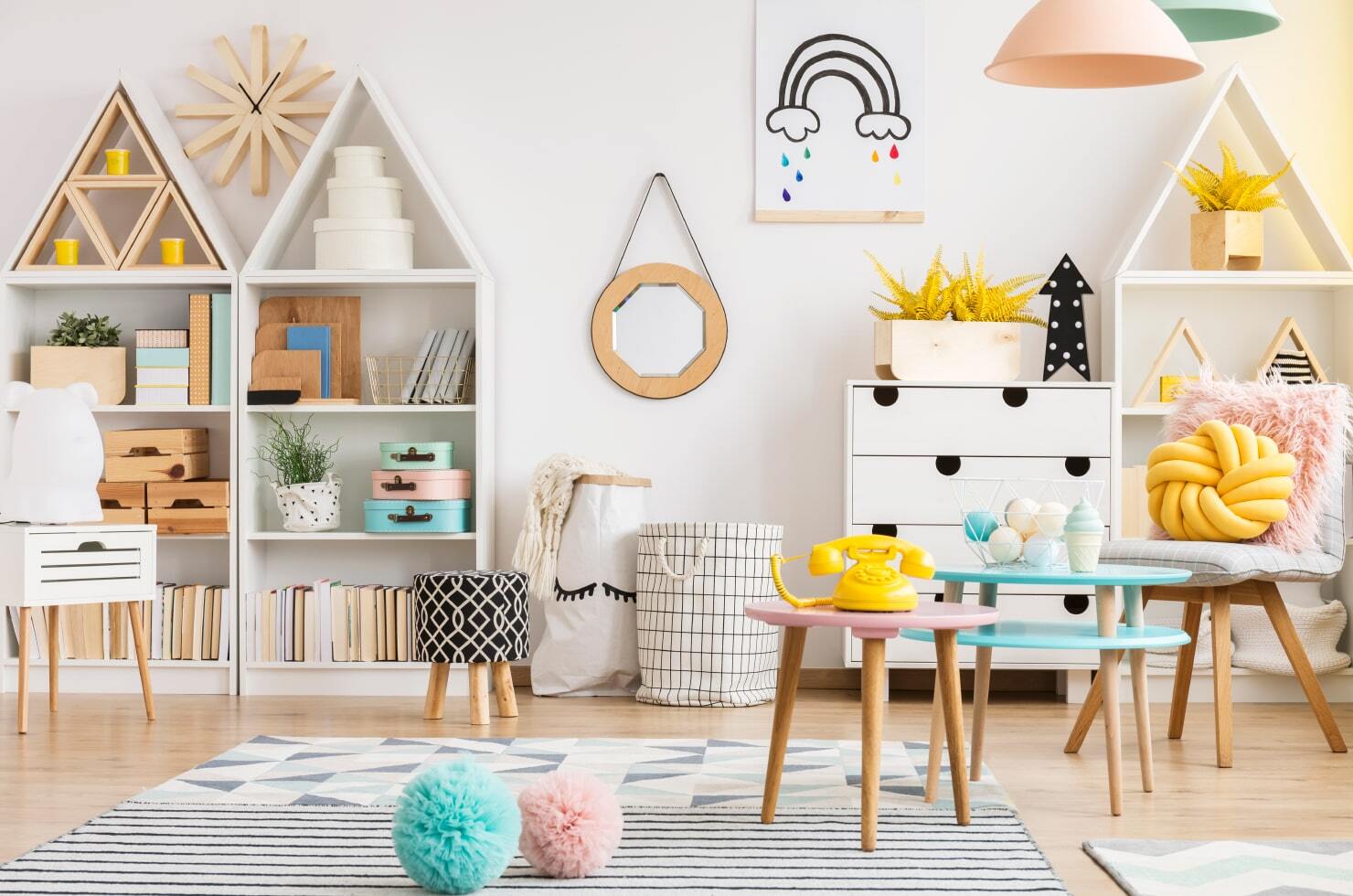
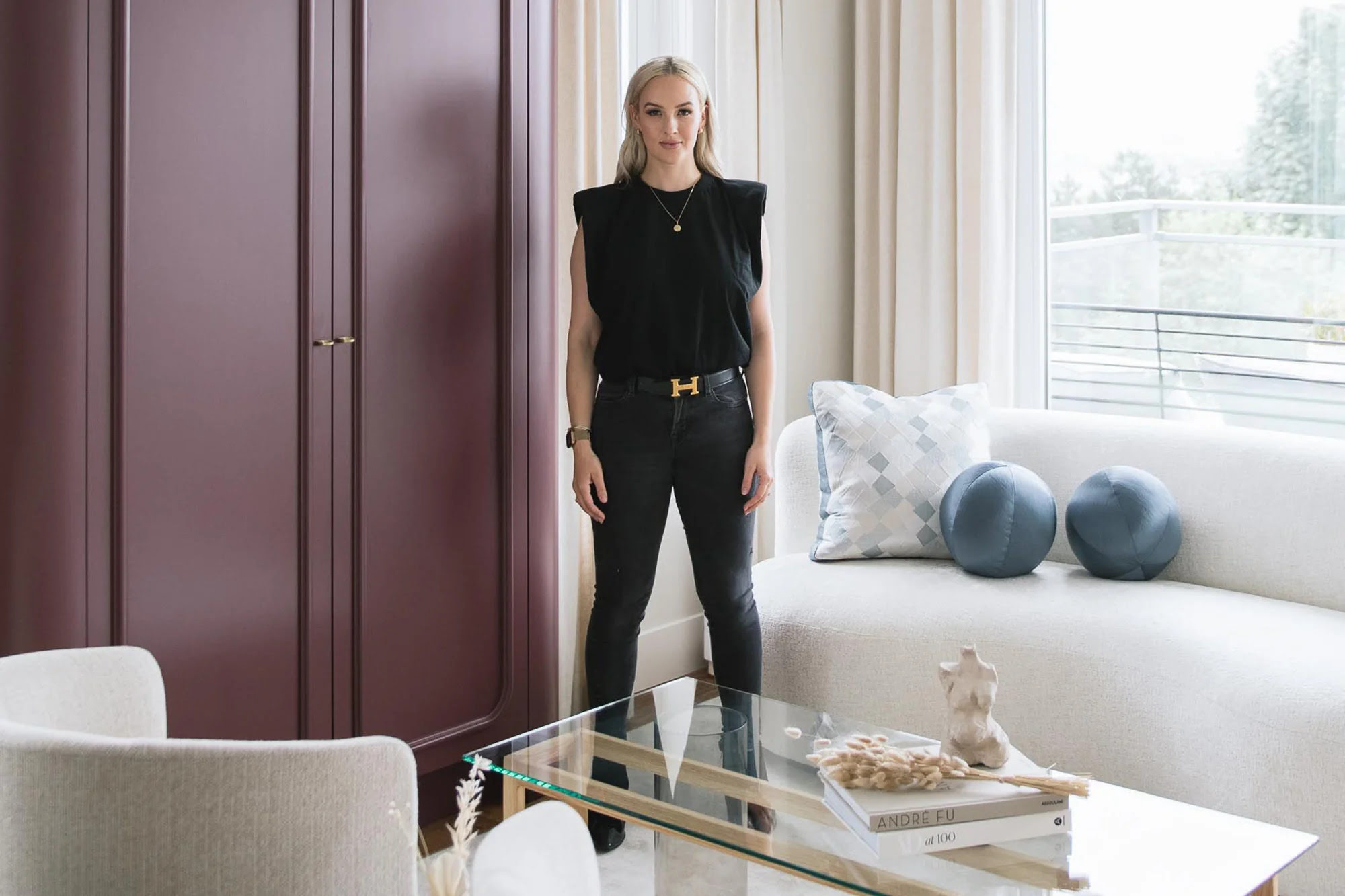
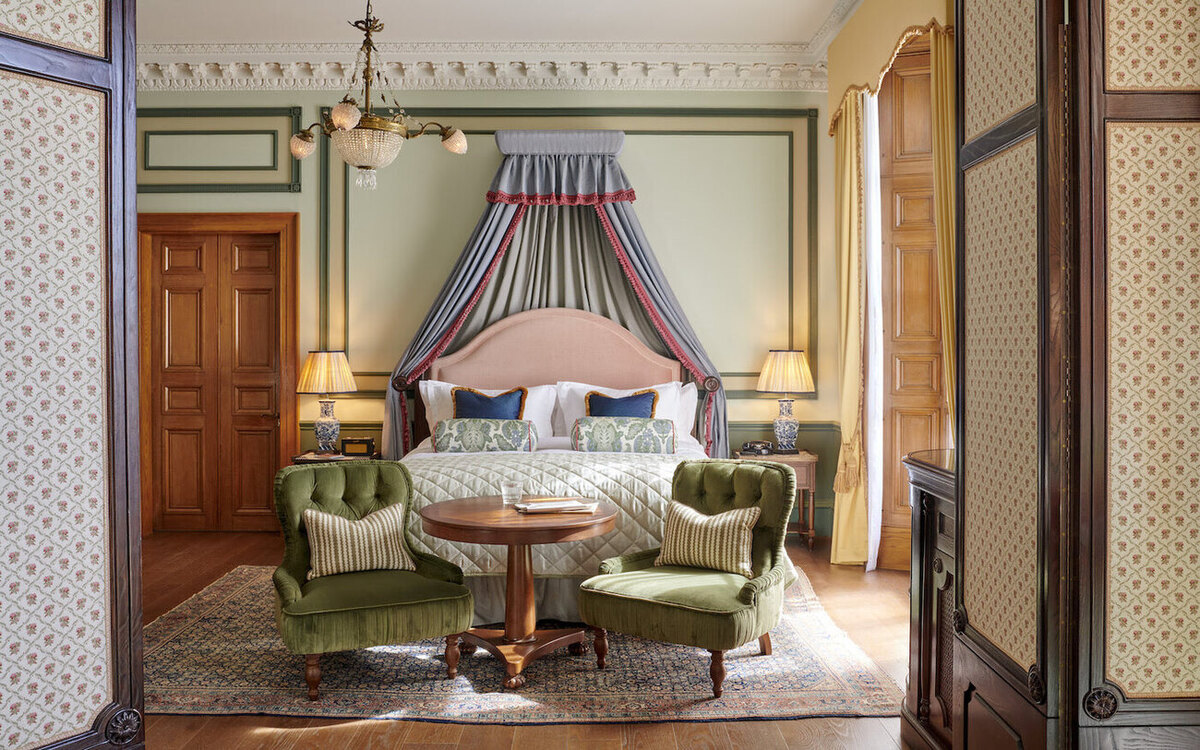
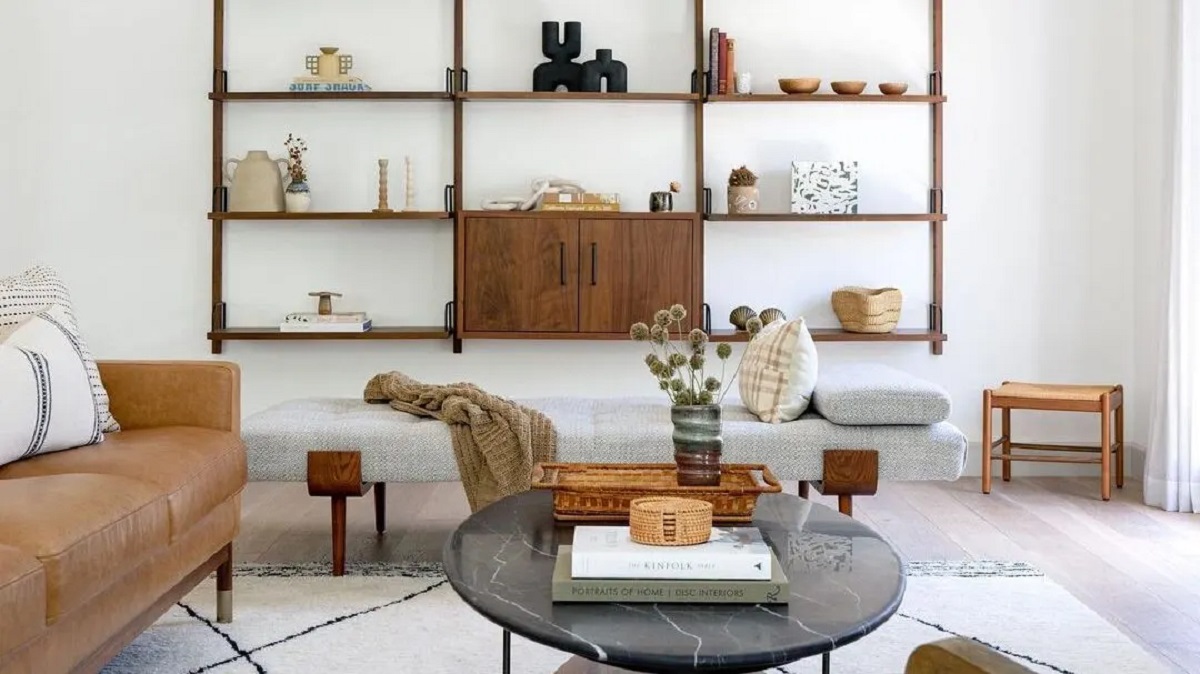
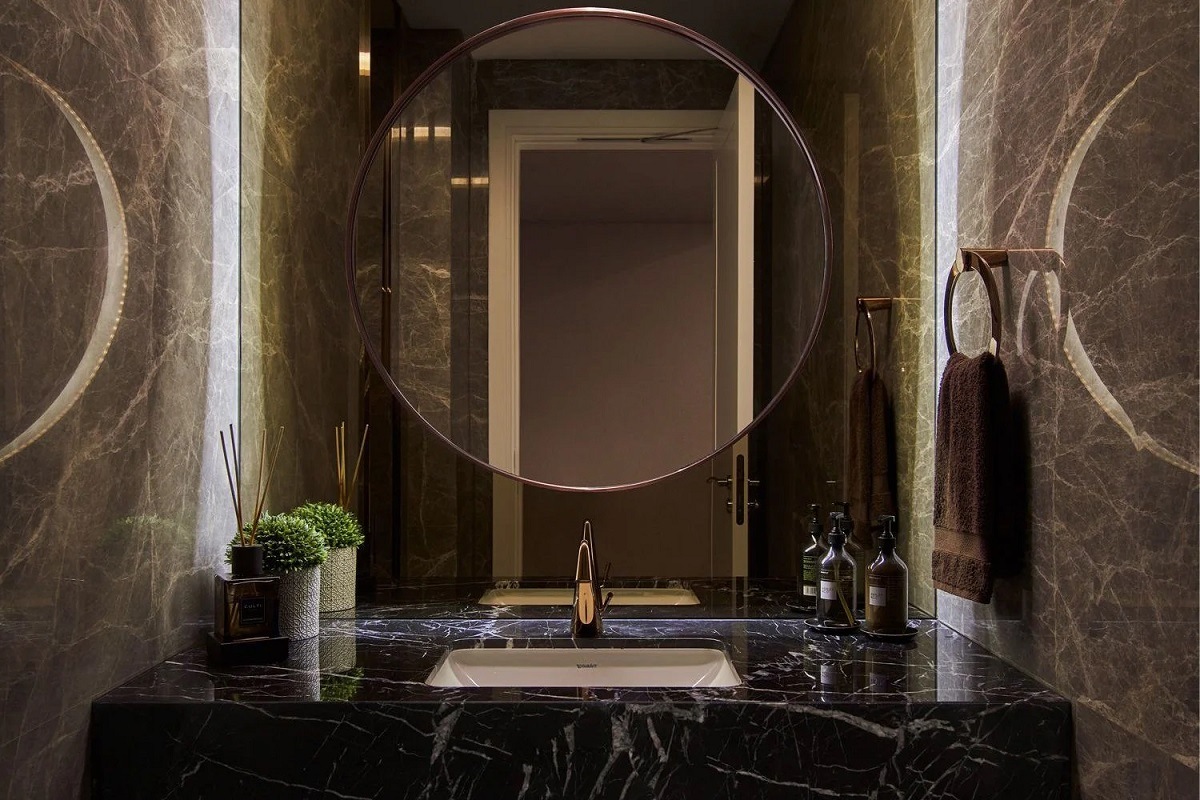
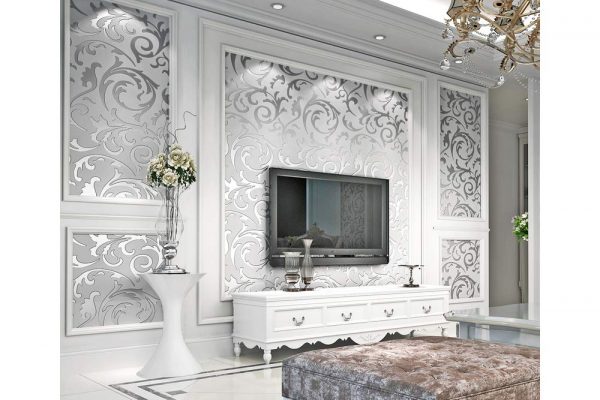
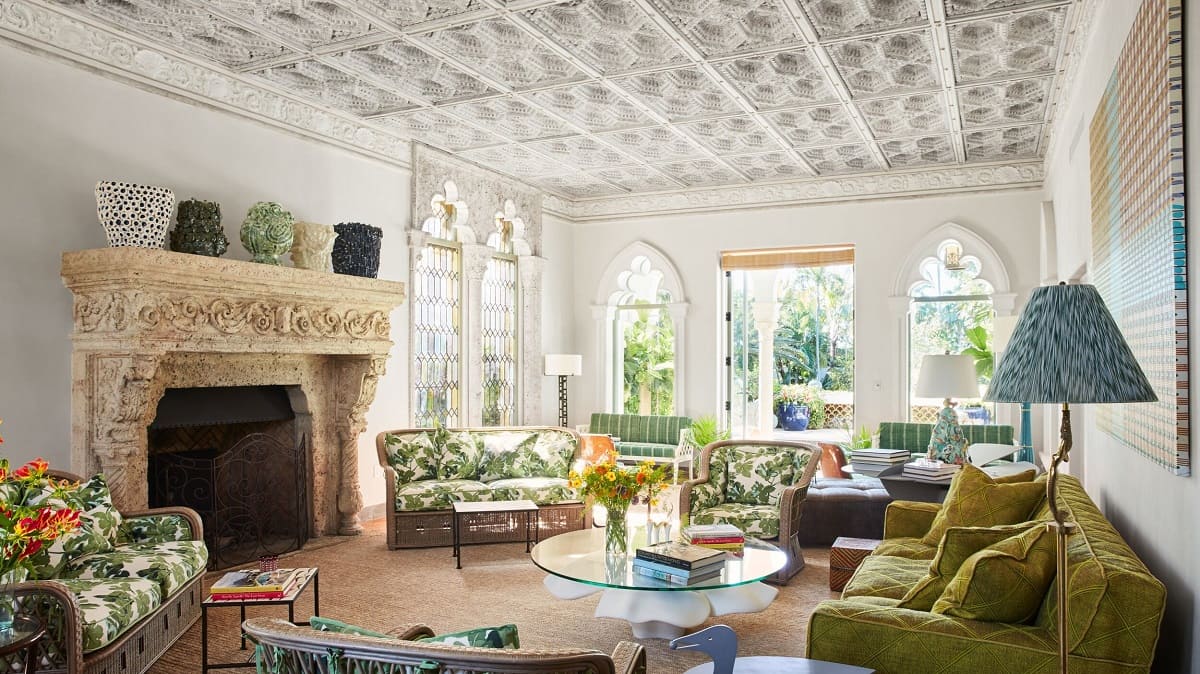

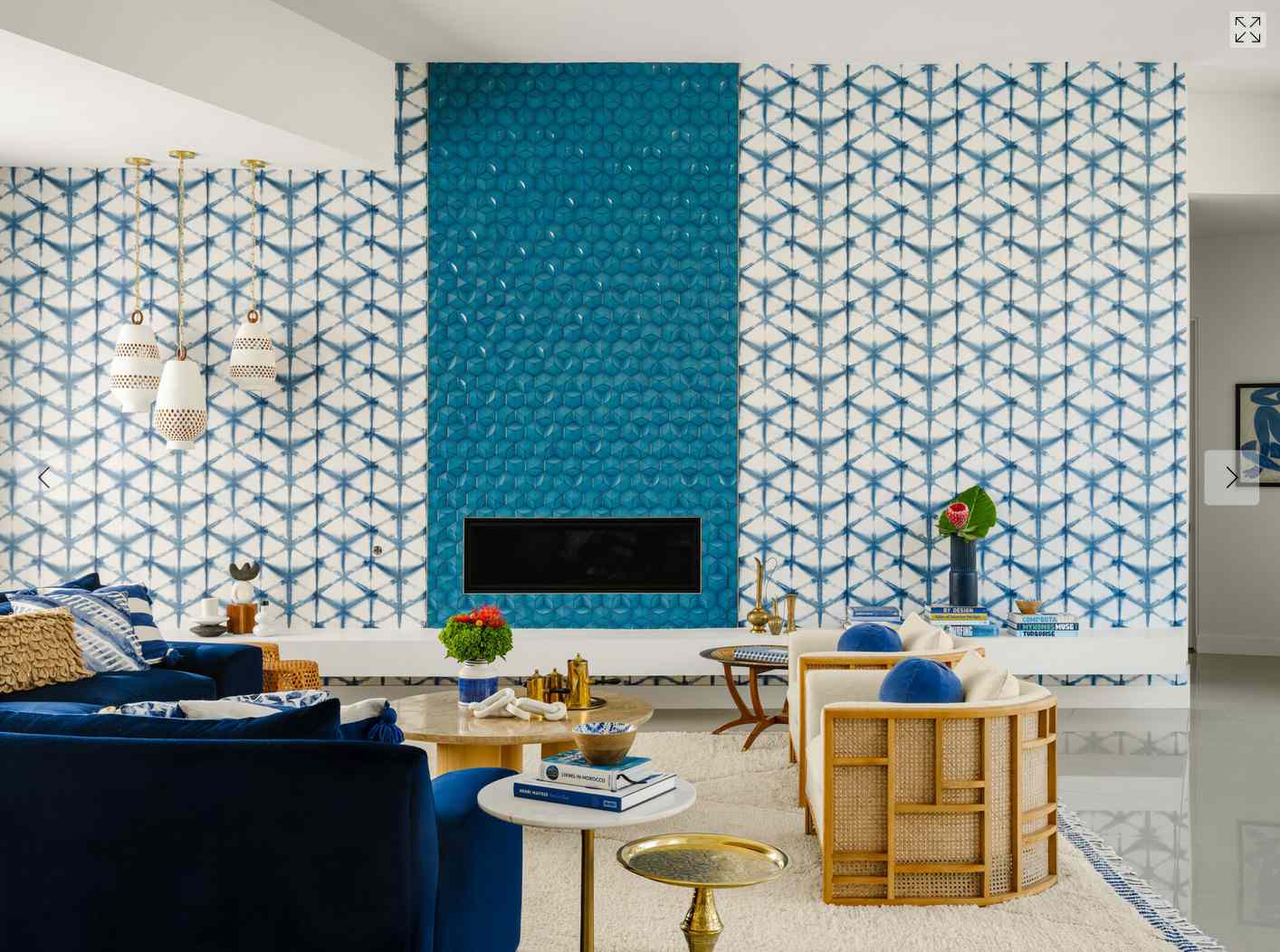

0 thoughts on “5 Ways World Class Interior Designers Personalize A Room”